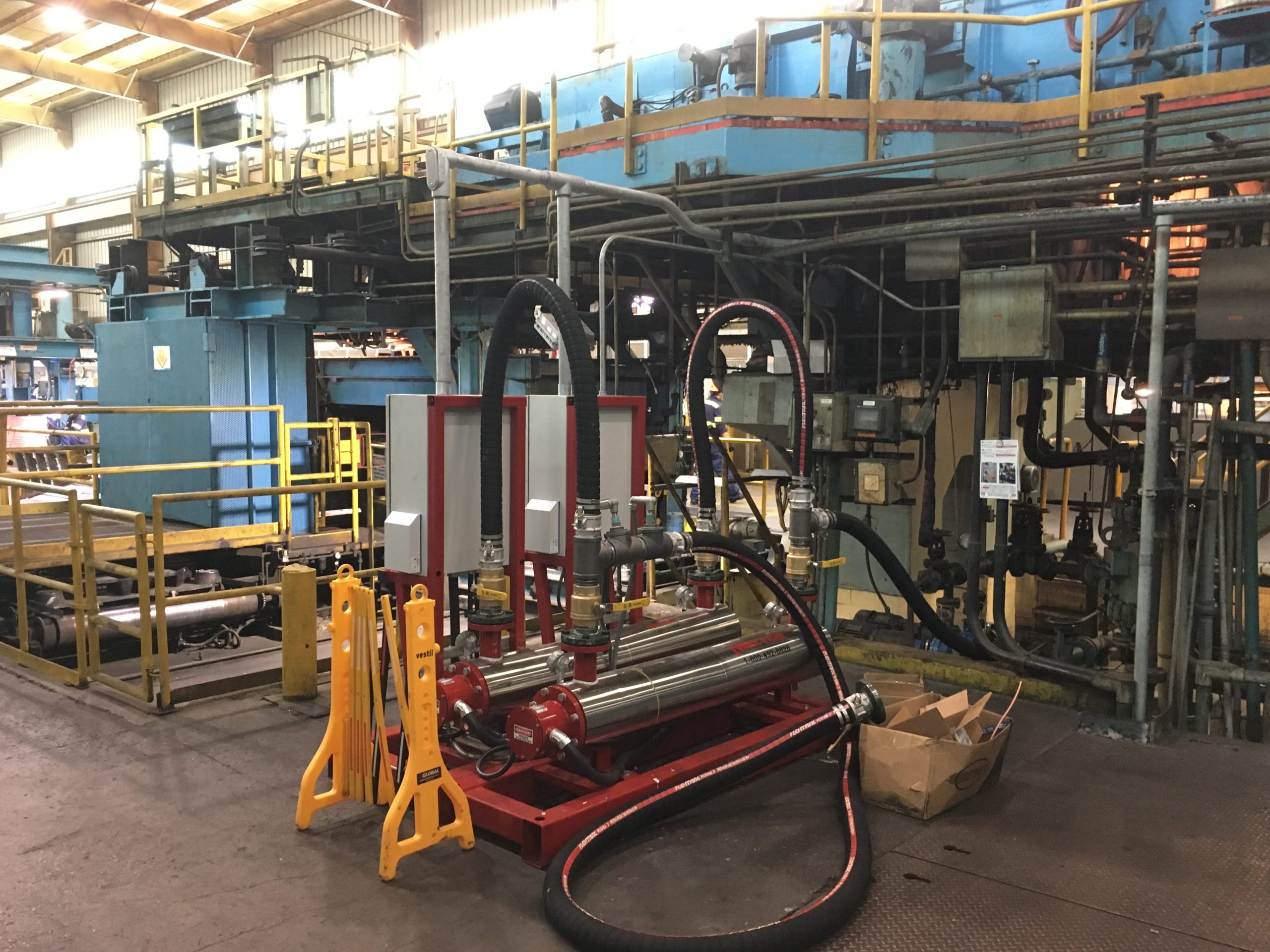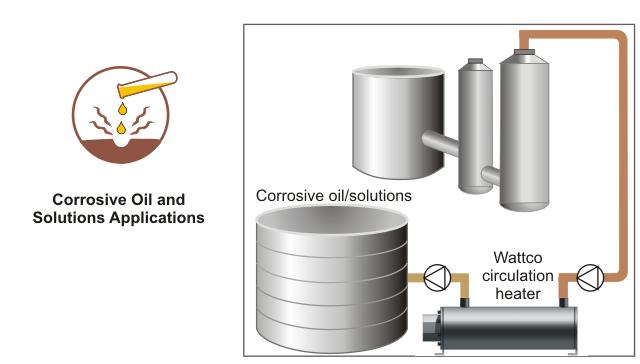Heat Trace Cable vs. Immersion Heaters
 With the advancement in technology and increases in industrial demand, industries have started to mobilize over different heating methodologies such as whether to use heating cables or immersion heaters.
With the advancement in technology and increases in industrial demand, industries have started to mobilize over different heating methodologies such as whether to use heating cables or immersion heaters.
Heating cables are normally known as heat trace cables and can be used for various purposes- such as for viscosity control, residential roof and gutter, pipe tracing, temperature process maintenance, freeze protection.
On the other hand, when you talk about immersion heaters, they offer industrial services that focus on dependable systems that work in harsher conditions and are used in situations that require failsafe mechanisms for mission-critical operations. They are used in numerous industries for their unique characteristics and offer benefits that are more diverse than heat trace cables.
In the process heating industry, immersion heaters work in different project conditions – and they are capable of applying direct heating to the liquid medium in an effort to independently maintain the liquid’s viscosity, preventing it from freezing. The effectiveness of heating trace cables, however, are highly correlated on the liquid flow and amount of insulation available (and the condition of the insulation of a period of time) to work on protecting the medium from freezing. Industrial immersion heaters are built with temperature sensors that effectively control the target temperature while heating cables often require separate temperature controllers to work in the same way.
As we all know that immersion heaters work on the principle of direct heating, chances of heat losses are comparatively lesser than that of heat trace cable. Cables are not as energy efficient as industrial heaters as a great amount of heat loss is released outside the piping as oppose to direct heating through which, the heaters provide even heat to every area in the container or tank. Weather conditions are an additional factor that takes its toll on heating cable as the fluctuation of outside temperatures over time often degrades the outer sheath of the cable leaving it susceptible to failure after a period of time.
In this economically unstable world, industries need something dependable, energy efficient, result oriented and dedicated on mission-critical projects so that they can function properly with the least amount of downtime. Immersion heaters are one of the best sources to accomplish this as heat trace cables are typically designed as a low cost “solution” for a rather important task. Industrial heaters – used based on their advantages – like flanged and circulation heaters – are useful in the process heating industry. Over-the-side heaters are usually effective in complimenting petrochemical and chemical needs.
Due to the increase in pricing of fuel, industries have started to use immersion heater as a cost-effective technique of completing their projects successfully. Heating cables are not as beneficial in this regard as indirect costs such as heat & energy loss escaping into the surrounding environment, and the amount of time required to heat the medium is extensive and ineffective depending on the flow. Immersion heaters are easy to maintain and clean. They are not as sensitive as heat trace cables that need a lot of care, frequent maintenance check and technical skills.
 Immersion heaters operate on a simple principle with everything available in one device. Another advantage of using immersion heater is the availability of a huge range of temperature controllers that offer extreme accuracy with provisions to keep surroundings as well as operators safe.
Immersion heaters operate on a simple principle with everything available in one device. Another advantage of using immersion heater is the availability of a huge range of temperature controllers that offer extreme accuracy with provisions to keep surroundings as well as operators safe.
All in all, industrial immersion heaters have proven by many experts as a far better option than heat trace cables with industries having better chances to improve the quality of their services. All they need to do is to evaluate the type of heater that suits their needs.
